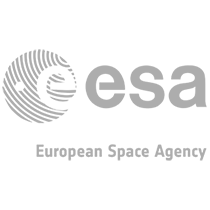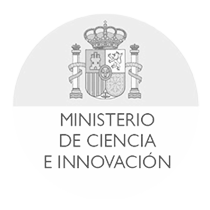Findings
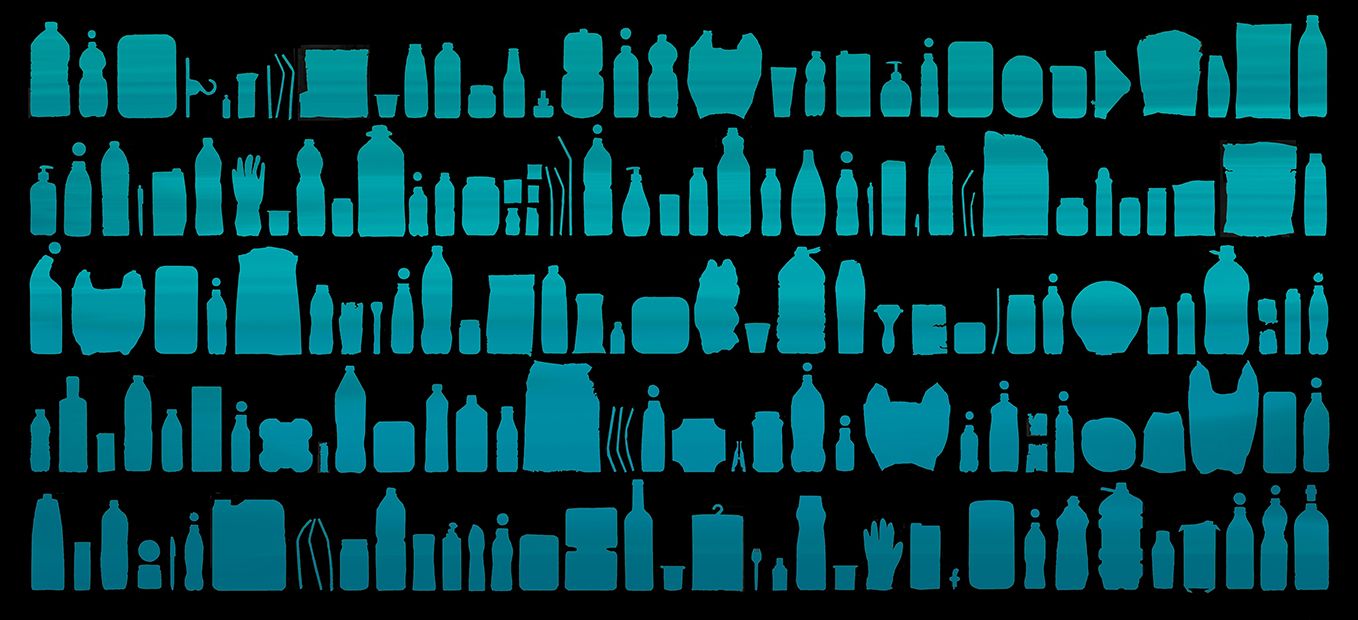
Macrolitter under the microscope
In 2021, we focused on the litter visible to the naked eye, the so-called macrolitter. Our findings were compiled in two articles published simultaneously in Nature Sustainability, both featured on the cover of the June issue (Morales-Caselles et al., Gonzáles-Fernández et al.)
Much of the research effort on marine litter, as well as our previous work, is focused on microplastics. The small plastic fragments are easily transportable in water and air, and widespread on the planet. There are many intriguing and troubling questions related to microplastics. However, the research on their precursors, macroplastics, shows some advantages and opportunities. Firstly, the time and resources needed to study plastic pollution increase exponentially with smaller items. Put another way, monitoring of macrolitter can be undertaken with rigor and on the large scale by citizen science. Secondly, while linking microplastics to source and origin is really challenging, the linkage is far more feasible for macrolitter. Finally, even if we know where and when the accumulation zones of microplastics appear, their recovery is hardly efficient. In contrast, each macroplastic item removed from nature may prevent the dispersion of hundreds, thousands or even millions of microplastic particles.
In this work, ground-truth data supplied by 38 research institutions and NGOs in 18 countries allowed us to question existing paradigms and propose new ones:
- Waste input from land into the ocean is an issue beyond low-income countries and large rivers.
- The subtropical ocean gyres are not the main destination for marine litter.
- Shoreline litter is proof of the unsustainability of our way of life, but the nearshore seafloor hides an even more worrying reality.
Below you will find buttons to access the sections of our website with source data files, infographics and photographs related to these two papers, as well as download buttons for both papers.
Data Press notes Infographics Pictures
Morales-Caselles et al., 2021 (PDF) González-Fernández et al., 2021 (PDF)
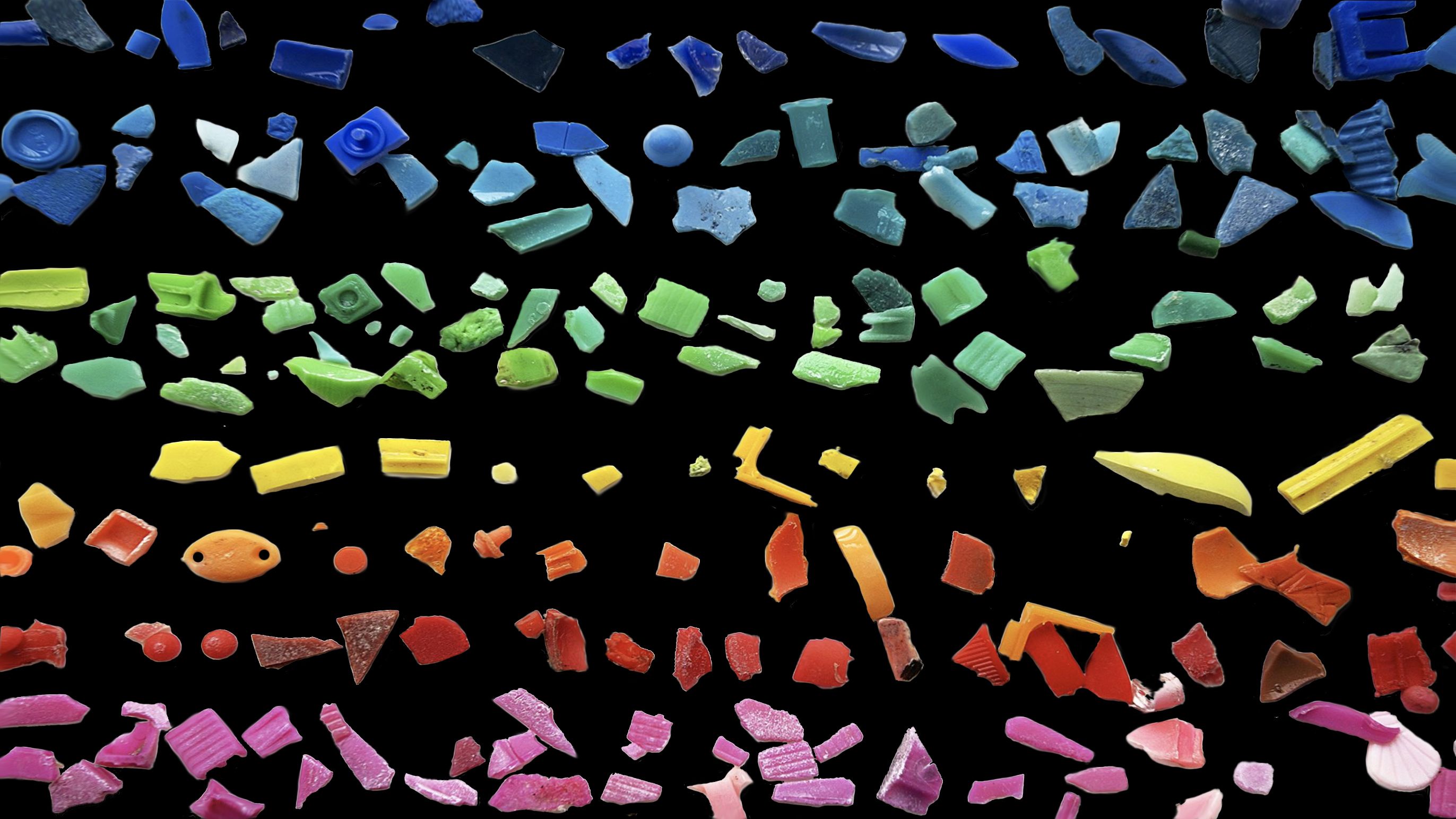
THE COLORS OF THE OCEAN PLASTICS
The color characterization of plastic debris is often included in studies on litter pollution. However, the comparability and usefulness of this information is limited by methodology or observer subjectivity. In this paper, we propose a systematic and semiautomatic method to analyze colors, providing a wide empirical background to further the interpretation and applicability of the color information. The distribution of colours in a sample is mainly related to the time of exposure time to solar radiation, and could be used as proxy of plastic ageing in the near future. Sadly, the selective ingestion of plastic by visual predators appears to be also a significant modulator of the color distributions.

The global system of litter accumulation in the 5 great ocean gyres
In 2014, based on the Malaspina 2010 circumnavigation, MALUCA provided the first global map and approximation of the magnitude of the plastic pollution in surface waters of the oceans. The study made a puzzling discovery, the plastic afloat is less than 1% of the total amount entering the ocean. A fragmentation model for plastic debris showed that an important fraction of the missing plastic corresponds to tiny fragments (few millimeters in length or smaller), and a disturbing possibility: these plastic fragments can be mistaken with plankton and be regularly eaten by the organisms in the base of the marine trophic chain.
In the news
![]() First of its kind map reveals extent of ocean plastic
First of its kind map reveals extent of ocean plastic
By LAURA PARKER I National Geographic I July 16, 2014
![]() Ninety-nine percent of the ocean´s plastic is missing
Ninety-nine percent of the ocean´s plastic is missing
By ANGUS CHEN I Science I June 30, 2014
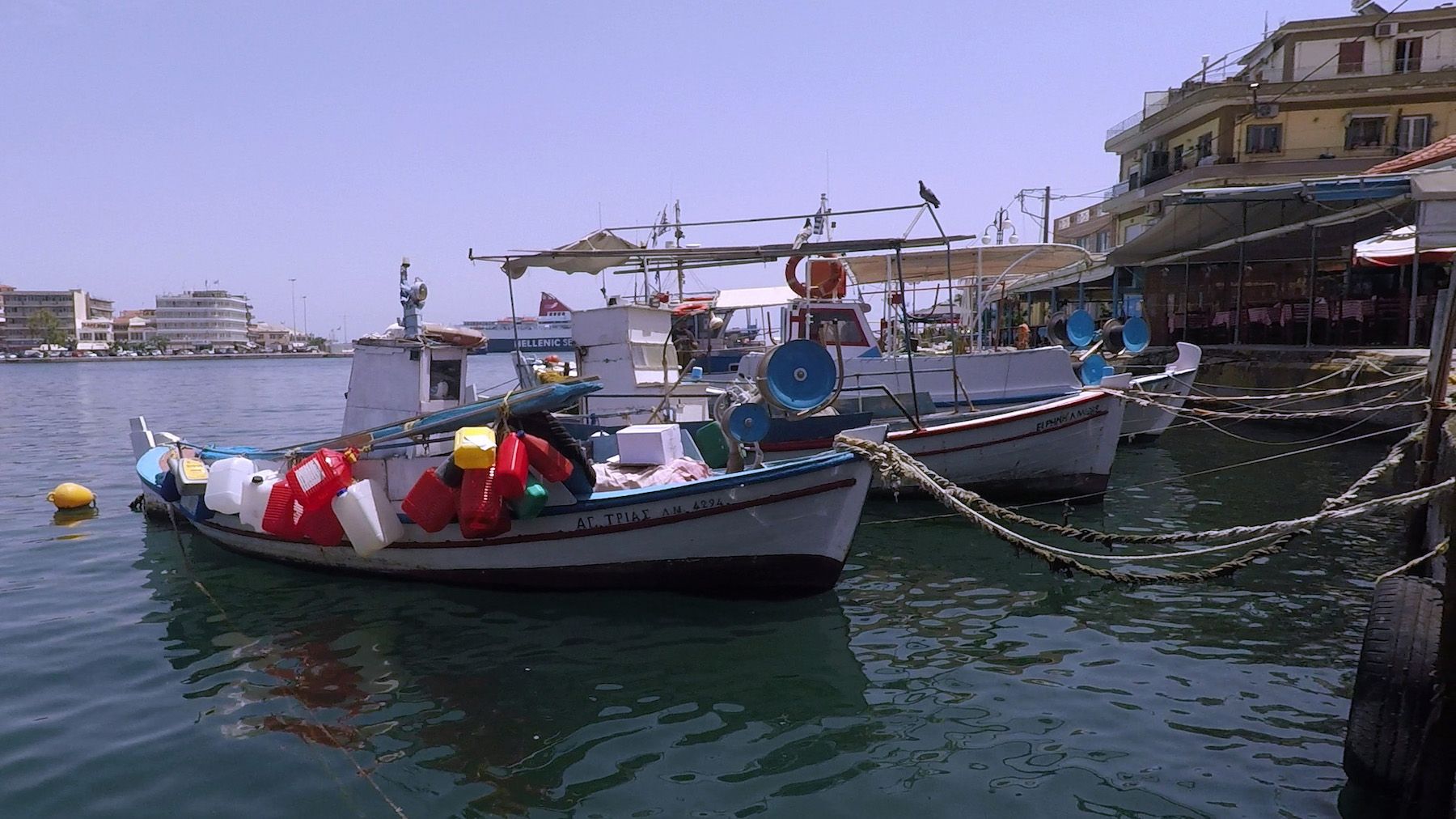
The Mediterranean is the 6th great plastic accumulation discovered in the planet
In 2015, from an expedition across the whole Mediterranean basin, MALUCA classified for the first time the Mediterranean as a great plastic accumulation zone of plastic, comparable to those described in the middle of the five ocean basins. Mediterranean Sea was the 6th great accumulation discovered, and opened up the possibility of there being other great accumulations of plastic debris in semienclosed seas.
Mediterranean Sea represents less than 1% of the global ocean surface, but it houses around 10% of all marine species and provides fundamental incomes for the surrounding countries through seas-based tourism and fishing industry. We predicted that the effects of plastic pollution would be particularly harmful in this region due to the biological wealth and concentration of economic activities.
In the news
![]() Mediterranean Sea 'accumulating zone of plastic debris'
Mediterranean Sea 'accumulating zone of plastic debris'
By HELEN BRIGGS I BBC I April 2, 2015

The plastic we dump into the oceans reaches the Arctic
It was believed that marine litter was primarily a concern in temperate and tropical regions. Not at all. In 2017, an expedition around the North Pole on board TARA vessel revealed the migration of the floating plastic disposed into the oceans towards the pristine waters of the Arctic Ocean. This poleward migration of plastic involves the so-called Thermohaline Circulation, a global conveyor belt currently known for redistributing heat across the global ocean and now connecting the Arctic with sources of marine litter from other parts of the world. More than ever before, preserving the Arctic requires preserving the planet.
In the news
![]() Trillions of Plastic Bits, Swept Up by Current, Are Littering Arctic Waters
Trillions of Plastic Bits, Swept Up by Current, Are Littering Arctic Waters
By TATIANA SCHLOSSBERG I The New York Times I Apr 19, 2017
![]() The pristine Arctic has become a garbage trap for 300 billion pieces of plastic
The pristine Arctic has become a garbage trap for 300 billion pieces of plastic
By CHRIS MOONEY I The Washington Post I April 19, 2017

Other contributions
2021
Marine Litter Windrows: A Strategic Target to Understand and Manage the Ocean Plastic Pollution
Cózar et al. I Frontiers in Marine Science
Overview of global status of plastic presence in marine vertebrates
López-Martínez et al. I Global Change Biology
Unravelling spatio-temporal patterns of suspended microplastic concentration in the Natura 2000 Guadalquivir estuary (SW Spain)
Bermúdez et al. I Marine Pollution Bulletin
Floating macrolitter leaked from Europe into the ocean
González-Fernández et al. I Nature Sustainability
An inshore–offshore sorting system revealed from global classification of ocean litter
Morales-Caselles et al. I Nature Sustainability
2020
Litter windrows in the south-east coast of the Bay of Biscay: an ocean process enabling effective active fishing for litter
Ruiz et al. I Frontiers in Marine Science
The colors of the ocean plastics
Martí et al. I Environmental Science & Technology
The physical oceanography of the transport of floating marine debris
van Sebille et al. I Environmental Research Letters
2019
Surface water circulation develops seasonally changing patterns of floating litter accumulation in the Mediterranean Sea
Macías et al. I Marine Pollution Bulletin
An interlaboratory comparison exercise for the determination of microplastics in standard sample bottles
Isobe et al. I Marine Pollution Bulletin
Guidelines for Harmonizing Ocean Surface Microplastic Monitoring Methods Version 1.0.
Michida et al. I Ministry of Environment of Japan
Measuring marine plastic debris from space: initial assessment of observation requirements
Martínez-Vicente et al. I Remote Sensing
2018
Characterization of microplastic litter from oceans by an innovative approach based on hyperspectral imaging
Serranti et al. I Waste Management
2017
Low abundance of plastic fragments in the surface waters of the Red Sea
Martí et al. I Frontiers in Marine Science
2016
Changes in the floating plastic pollution of the Mediterranean Sea in relation to the distance to land
Pedrotti et al. I PloS One
Breaking Down the Plastic Age
Baztan et al. I Fate and Impact of Microplastics in Marine Ecosystems, Elsevier

© 2020 DESIGNED AND DEVELOPED BY INVISUAL.ES
